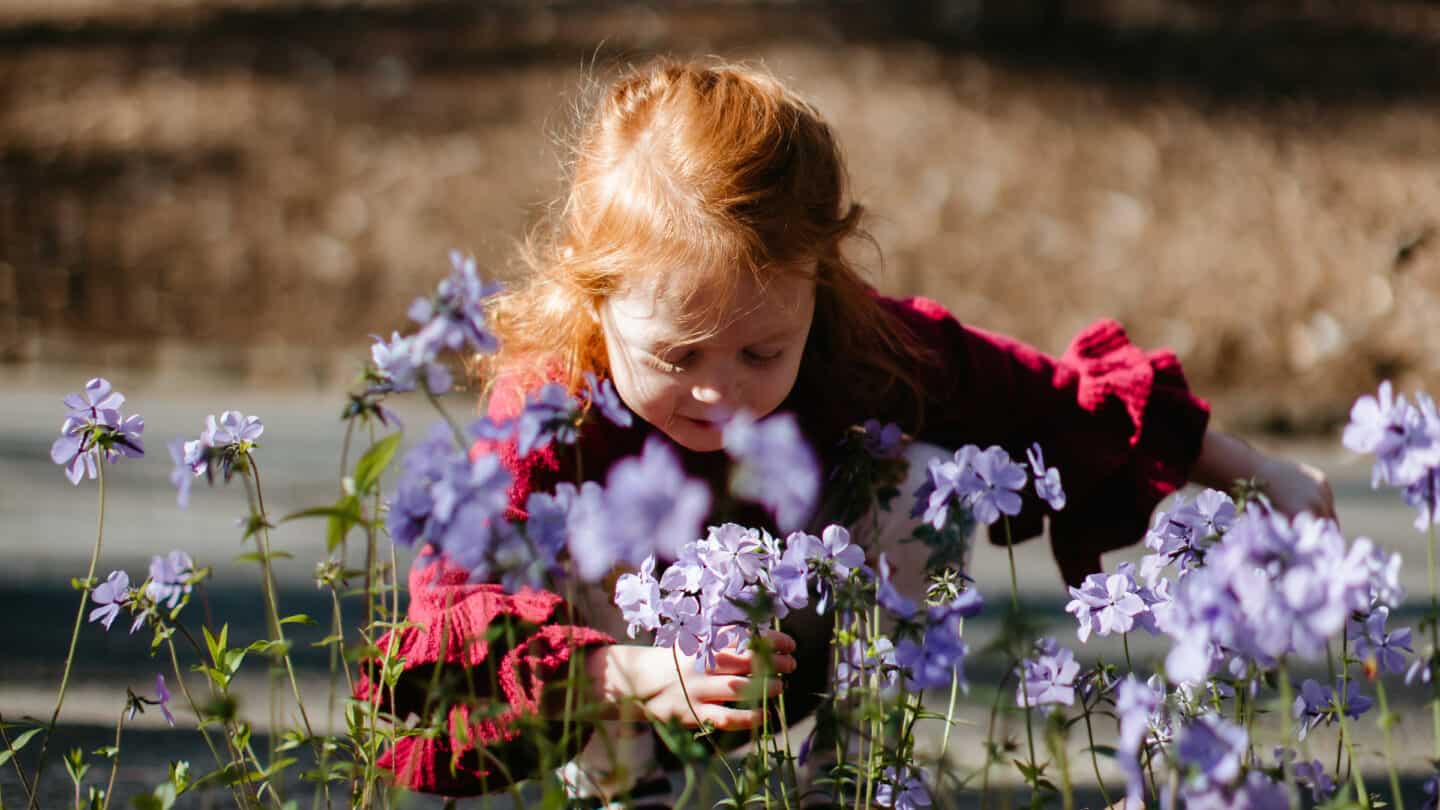Goizueta Gardens at Atlanta History Center is a 33-acre landscape encompassing a variety of cultivated gardens and preserved woodland, including diverse plant collections and heritage-breed animals.

Comprising Goizueta Gardens are:
Olguita’s Garden
This ornamental garden, which opened in late 2018, is in bloom throughout the year, with a rich tapestry of flowering and foliage plants selected for color, fragrance, texture and an English garden aesthetic. Replacing what was a simple lawn, the garden spans the entire rear façade of the Atlanta History Museum, transforming the visitor experience, and elevating the entire Goizueta Gardens encounter. Deep planting beds frame an amphitheater for seating, and create a more intimate garden atmosphere for events and programs presented here.
A limestone terrace leads down to a formal double border that is planted for blooms all year. The flowering sequence includes violets, wallflowers, poppies, tulips, allium, catmint, foxgloves, hydrangeas, lilies, roses, dahlias, salvias, Korean chrysanthemums, and much more. A clipped evergreen tea olive hedge backs the double border, with sweetly fragrant fall blooms.
At the far end of the double border is the garden’s focal point — Neel Reid-designed limestone columns, draped in heirloom roses, and encircling a reflective water feature planted with waterlilies and lotus. Surrounding the water feature are mature camellias, a spectacle in late fall. Beyond the formal section of the garden are deep planting beds with mature Southern magnolias, ornamental shrubs and perennials. Seating is provided in these beautiful spaces for quiet reflection. This garden celebrates the life of Atlanta philanthropist and Goizueta Gardens namesake Olga “Olguita” C. de Goizueta. A unique camellia was named Camellia ‘Olguita’ in her honor, and can be found alongside the terrace. Each blossom features raspberry pink and white hues, with a central boss of golden stamens.
Quarry Garden
The 25-foot deep 19th century rock quarry was transformed into a sanctuary for Georgia’s native plants and birds. A waterfall cuts through the high walls surrounding the garden, down to a stream and nearby pond below. The towering canopy shades a treasure trove of plants once utilized for medicinal, spiritual, and practical purposes by the Muscogee (Creek) Indians and early settlers. This garden is home to the state champion Franklinia alatamaha – the “Lost Camellia,” which is now extinct in the wild
Smith Farm
The farm accurately represents a slaveholding working farm of the Atlanta area in the 1860s with historic buildings moved here for preservation. The landscape represents the era, with historic varieties of crops in the fields, the enslaved people’s garden, a kitchen garden, and a swept yard by the house planted with heirloom flowers. Surrounding the farm’s outbuildings are naturalistic, native plantings. Heritage-breed sheep, goats, chickens, and turkeys make this spot a family favorite.
Swan House Gardens
This famous Country Place Era stately home and garden designed by Phillip Trammel Shutze has been preserved as it was in the 1930s. Reminiscent of great Italian gardens, it is perched on a hill with a cascading fountain, terraced lawns, roses tumbling over stone walls, and clipped hedges. An intimate boxwood garden and formal motor court complete the landscape, making this one of Atlanta’s best-known and photographed sites.
Swan Woods and Wood Cabin
This 10-acre, peaceful and native woodland is a preserved secondary-growth forest that sprang from cotton fields abandoned long ago. Deep in the woods, a forest opening is the setting for a log cabin surrounded by a meadow of grasses and wildflowers. Thriving honeybee hives are in the lower meadow surrounded by a trial American chestnut orchard.
Sims Asian Garden
A high canopy allows dappled sunlight to glance off the brook that runs through the Asian plant collections. Satsuki azaleas peak in spring while hydrangeas adorn the garden in summer, and Japanese maples glow with fall color. A variety of unusual Asian plants thrive in this serene, sheltered garden.
Smith Memorial Rhododendron Garden
A gazebo designed by Atlanta architect James Means overlooks the dry stream bed down the center of this vibrant woodland garden. Structural evergreens and winter-blooming shrubs begin the year, giving way to the blaze of azaleas in spring and the luxuriant blossoms of hydrangeas in summer, along with a wide variety of plants that thrive in this City in a Forest.
Veterans Park
This park is a place for reflection, personal connections to veterans, small gatherings, and the annual Atlanta History Center Veterans Day program honoring the men and women who served and continue to serve the United States. Veterans Park was dedicated in 2013 with a “sacred soil” ceremony featuring soil collected from every site where our country has fought for freedom. Fountains flank the entrance along West Paces Ferry and the seals of all five military branches are embedded in a broad path. Panels with QR codes, coupled with free Wi-Fi and seating, allow visitors to access files of veterans sharing their personal stories, memories, tragedies, and triumphs during their service.
Contact
Learn. More.
-
Buildings & Grounds
Explore highlights of Southeastern horticultural history by taking in 33 acres of enchanting gardens, woodlands, and trails.
-